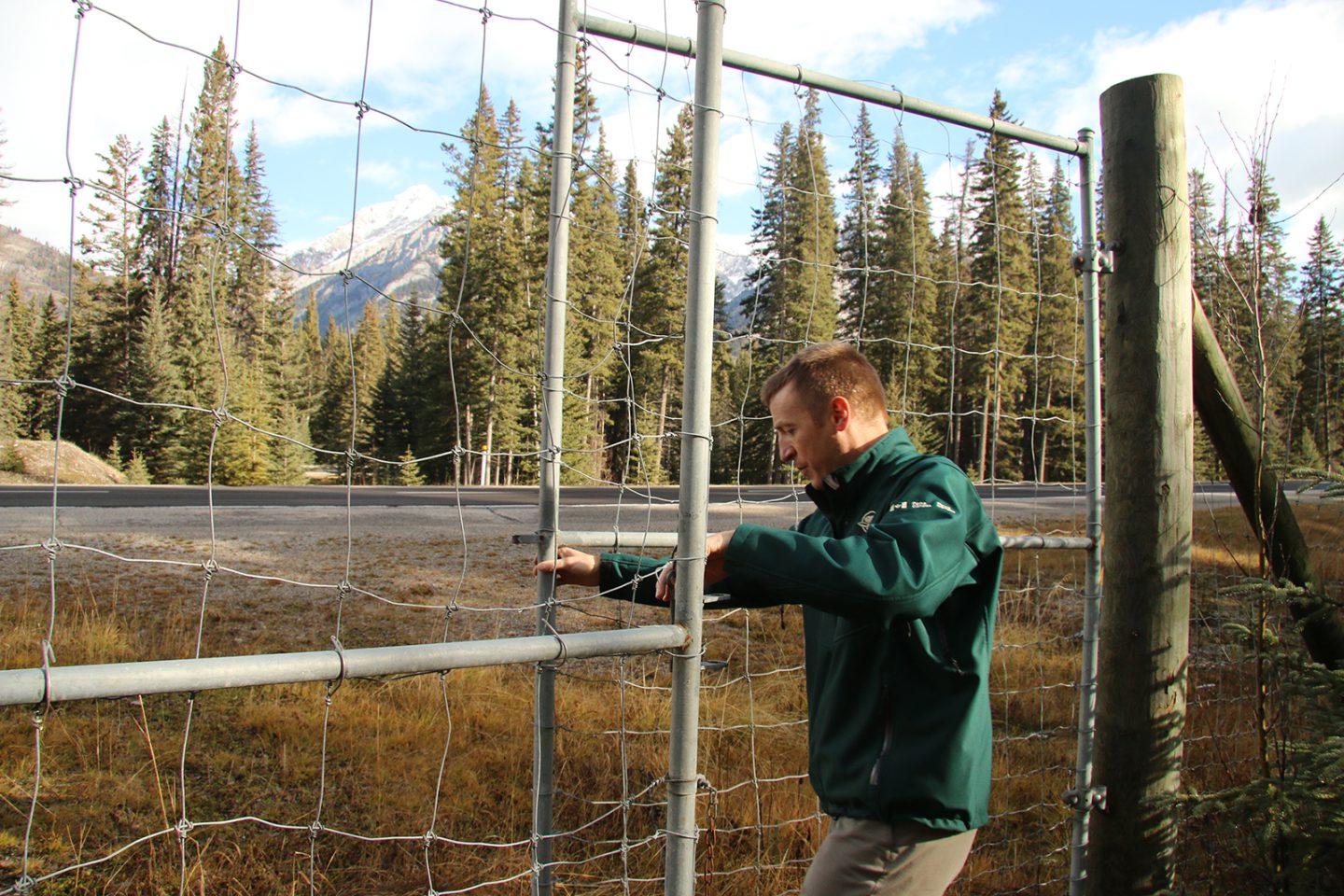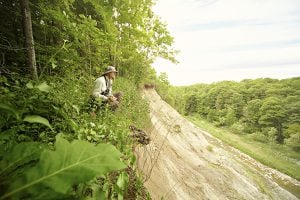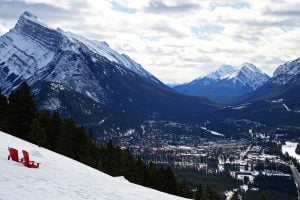Roads don’t only imperil wildlife through vehicle collisions; they can fragment habitat and cut off critical migration routes for species. It’s estimated that 25 million kilometres of new road will be built by 2050, the majority in developing countries who have never before had to confront the impact of highways on biodiversity. “Many of those roads are going into globally significant biodiversity hotspots, and they don’t know how to manage those different taxa,” says Rob Ament, a road ecologist at Montana State University’s Western Transportation Institute and member of the International Union for Conservation of Nature’s International Connectivity Conservation Network specialist group.
Scientists have come from around the world to learn how to adapt and implement similar crossings in their own countries over the past two decades. In the 2000s, Salish and Kootenai tribal delegations from Montana visited Banff to learn how grizzlies used the overpasses and how to build their own on the Flathead Reservation. Then came biologists from Washington’s Cascade Range, who wished to pursue a similar project over the I-90. But in recent years, delegations and requests for consultations have been coming from farther and farther away — Mongolia, Argentina, China.
Ament recalls a Chinese delegation that visited the Western Transportation Institute several years ago. “Everyone in China knew about Banff. When Tony took to the stage, they all pulled out their notepads and started writing like crazy, every word he spoke. Clearly, Banff has cache all over the world.”
In Mongolia, the government recently approved new policy standards that require developers to provide passage for wild animals along auto and railroads in the eastern steppe and the Gobi Desert, where mining is booming. “They don’t have any highways — they’re building their first highway as we speak,” says Ament, adding that they’re simultaneously working on the design for their first wildlife crossing in the Gobi Desert to protect goitered gazelle, black-tailed gazelle and argali bighorn sheep.
Thanks to the work done by Banff biologists, engineers now have a good idea of what it will take to get a grizzly, cougar or wolf to use a wildlife crossing. But species in developing countries pose new challenges. What kind of crossing would a monkey use? How big does a tunnel need to be for a jaguar? Belize, Ament says, has been trying to tackle their tapir problem. These 230-kilogram pig-like ungulates have been getting smacked on the road, but no one knows how to get them to use crossings. “Banff opened the door to large landscape mitigation, but it only covers species from the Canadian Rockies. Now, we’re starting to do designs for a bunch of new taxa all over the world.”






